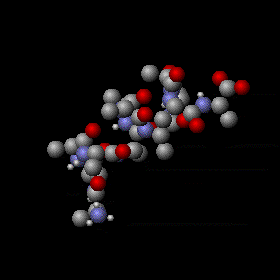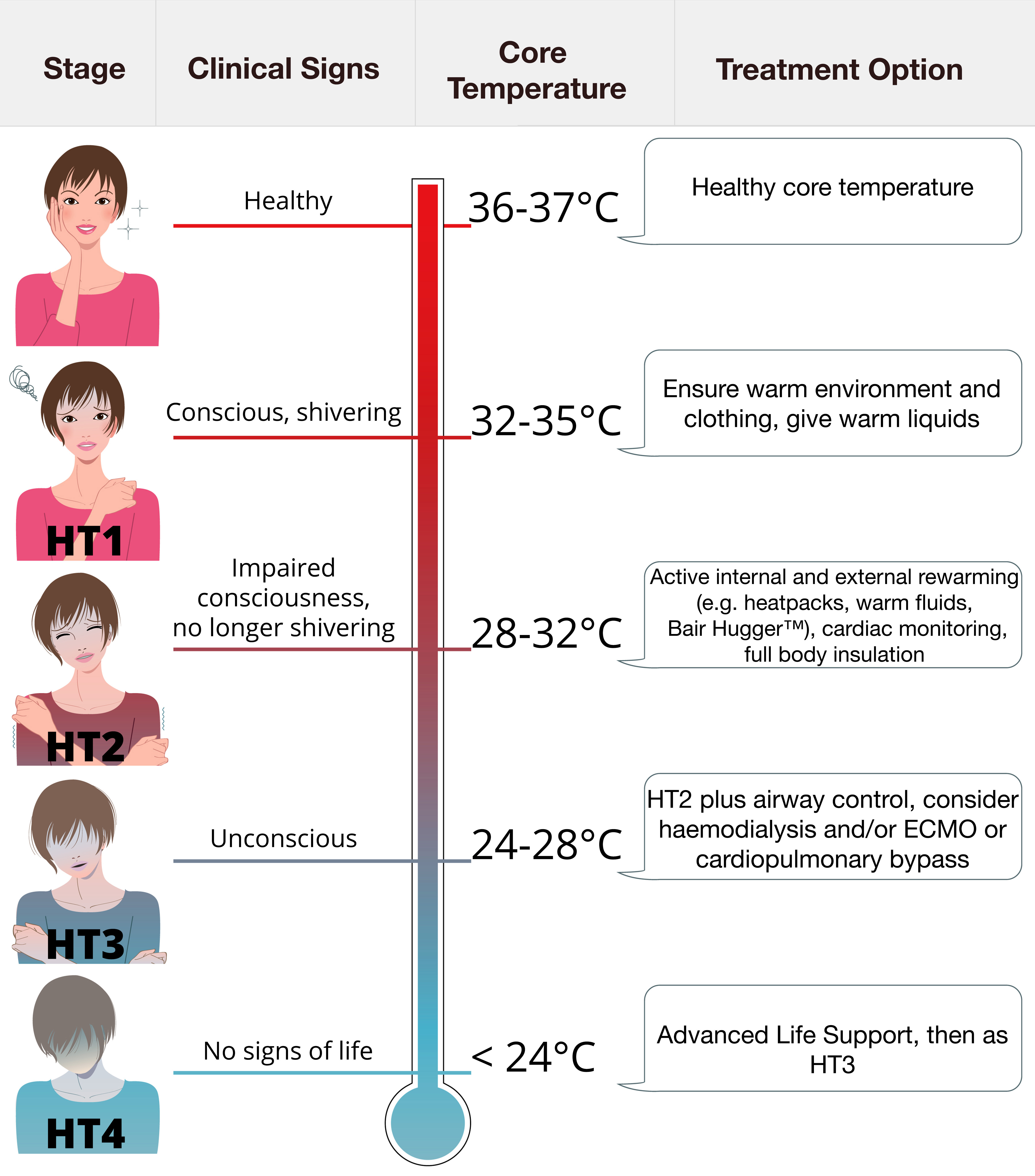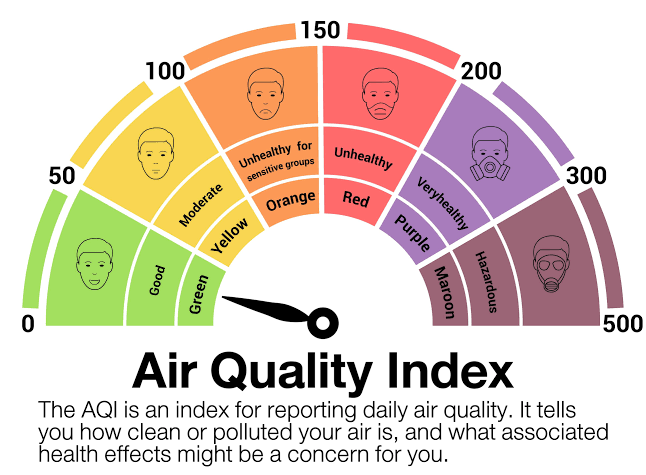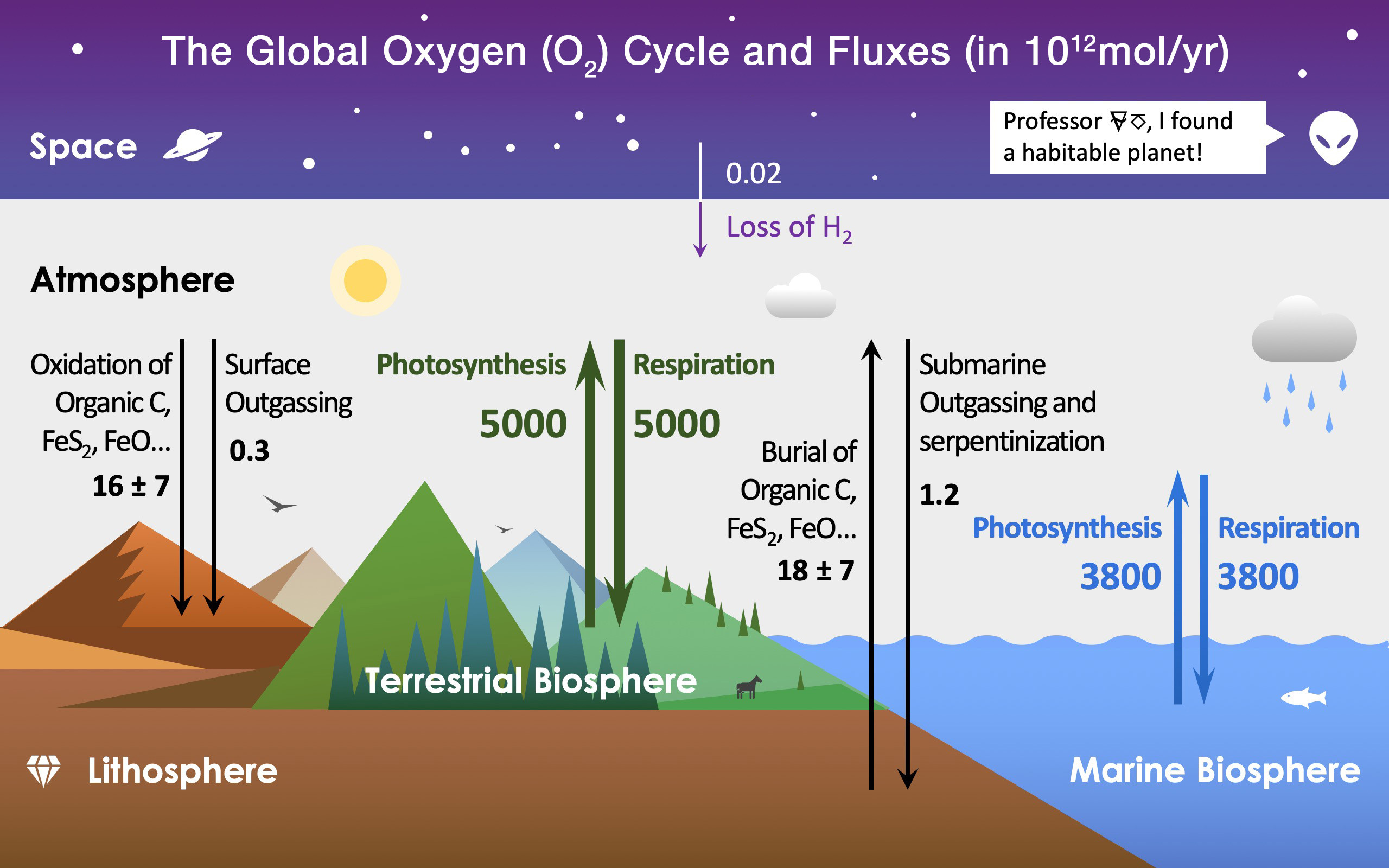 Air Quality Dashboard
Air Quality Dashboard
Real-time environmental monitoring for your location
 Air Quality Dashboard
Air Quality Dashboard
Real-time environmental monitoring for your location
 Air Quality Dashboard
Air Quality Dashboard
Real-time environmental monitoring for your location
| Time | Temp (°C) | Humidity (%) | PM2.5 | PM10 | O2 (%) | Status |
|---|---|---|---|---|---|---|
| Loading data... | ||||||
Learn how temperature, humidity, air quality, oxygen levels, and pollution impact your health and wellbeing
In our rapidly changing world, the air we breathe, the water we drink, and the environments we live in directly impact our health in ways we're only beginning to fully understand. From the temperature of our surroundings to the quality of the air filling our lungs, environmental factors play a crucial role in our wellbeing.
This comprehensive guide will walk you through the key environmental elements - temperature, humidity, air quality, oxygen levels, and pollution - explaining not just what they are, but how they affect your body and what you can do to protect yourself and your family.

Temperature variations affect everything from our comfort to our bodily functions
Scientifically speaking, temperature measures the average kinetic energy of particles in a substance - essentially how fast molecules are vibrating or moving. We experience this molecular movement as heat (fast movement) or cold (slow movement).
Temperature impacts our lives in profound ways:
The human body is remarkably adaptable but functions best when ambient temperatures are between 68°F (20°C) and 78°F (25.5°C). Maintaining indoor temperatures within this range can improve sleep quality and productivity.

Understanding body temperature helps identify health issues early
The normal human body temperature typically ranges between 97°F (36.1°C) and 99°F (37.2°C), with the long-standing average of 98.6°F (37°C) being slightly higher than what recent studies suggest is now typical.
Why body temperature matters:
Interestingly, research published in eLife journal suggests average body temperatures have decreased about 0.05°F per decade since the 19th century, possibly due to reduced inflammation from improved living conditions.

Humidity levels dramatically affect how we perceive temperature
Humidity refers to water vapor in the air, with relative humidity (RH) being the percentage of moisture the air contains relative to its maximum capacity at that temperature. This is why 90% humidity feels different at 60°F versus 90°F.
Humidity's surprising impacts:
The ideal indoor relative humidity for health and comfort ranges between 30-50%. Below 30% can cause dry skin and irritated sinuses, while above 60% encourages dust mites and mold growth.

The AQI helps you understand daily air pollution risks at a glance
Air quality measures how clean or polluted our air is, with the Air Quality Index (AQI) providing a standardized 0-500 scale for reporting daily air conditions. Think of it like a weather report for pollution levels.
Understanding the AQI scale:
The AQI tracks five major pollutants:

Monitoring oxygen levels provides crucial health information
Oxygen (O₂) is the vital element our cells use to convert nutrients into energy through respiration. Oxygen saturation (SpO₂) measures what percentage of your red blood cells are carrying oxygen, typically monitored with a pulse oximeter.
Understanding SpO₂ levels:
Low oxygen levels can cause:
While Earth's atmosphere contains about 21% oxygen, this concentration has remained remarkably stable for millions of years. The human body is so efficient at oxygen use that we only extract about 25% of the oxygen from each breath at rest.

Pollution comes from many sources and affects all environments
Pollution refers to harmful substances introduced into natural environments, causing adverse changes. It manifests in several forms, each with distinct health impacts:
Primarily from vehicle emissions, industrial processes, and burning fossil fuels. Health effects range from aggravated asthma to increased risk of heart disease, stroke, and lung cancer. Fine particulate matter (PM2.5) is particularly dangerous as it can enter the bloodstream.
Contamination from industrial waste, agricultural runoff (pesticides/fertilizers), and improper waste disposal. Can cause immediate waterborne illnesses and long-term health issues from heavy metal accumulation.

Plastic pollution has become one of our greatest environmental challenges
The accumulation of plastic products in the environment that breaks down into microplastics, entering food chains and potentially our bodies. Emerging research suggests possible endocrine disruption and other health effects from plastic additives.
Other concerning pollution types include noise pollution (hearing loss, stress) and light pollution (sleep disruption, ecological impacts).
Understanding these environmental factors empowers you to make informed decisions for better health. While we can't control all environmental elements, we can take proactive steps:
Remember, small daily actions collectively make significant impacts. By understanding and responding to these environmental health factors, we protect not just ourselves but future generations. Your health and our planet's health are fundamentally connected - when we care for one, we care for both.